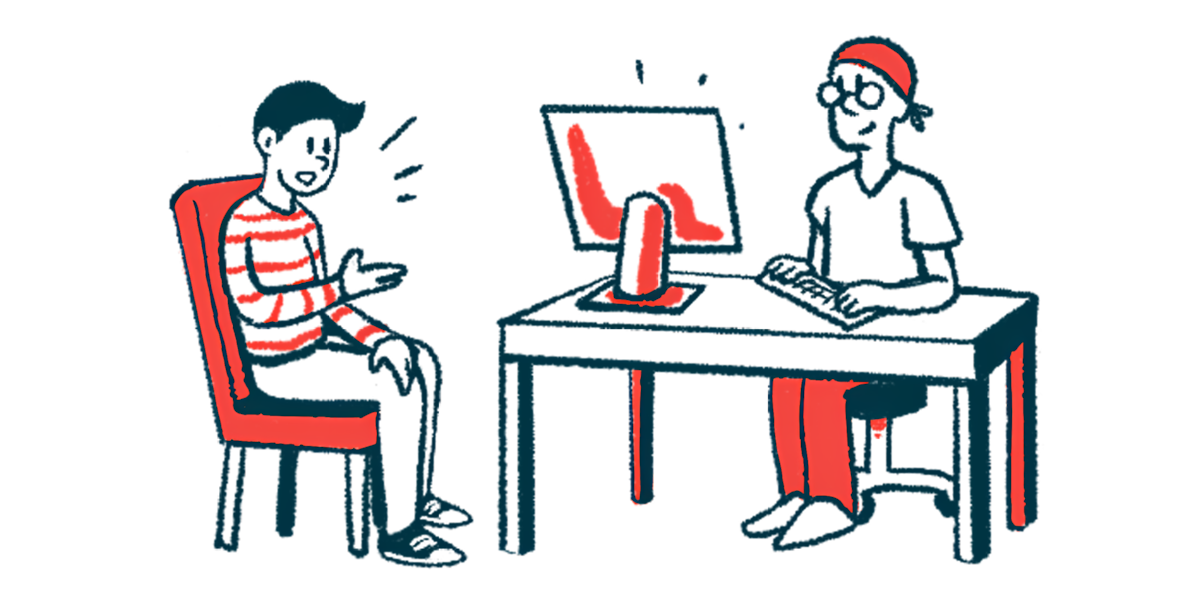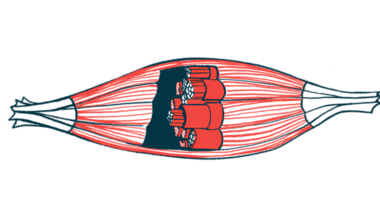AI video analysis tool helps assess Parkinson’s symptoms
VisionMD analyzes videos taken during motor exam part of MDS-UPDRS

A new open-source software called VisionMD may help doctors assess motor symptoms of Parkinson’s disease and other movement disorders with artificial intelligence (AI)-enabled video analysis, a study reports.
Analyzing videos of patients tapping their fingers and doing other clinical tests can help clinicians understand disease progress and treatment response, said the software’s developer, Diego Guarin, PhD, an assistant professor of applied physiology and kinesiology at the University in Florida.
“Clinicians don’t have the time and personnel to analyze their videos,” Guarin said in a university press release. “To address this, we developed software that can deliver useful results with just a few clicks.” Guarin collaborated with neurologists and clinician-scientists at the Fixel Institute for Neurological Diseases at UF Health to refine the tool.
The study, “VisionMD: an open-source tool for video-based analysis of motor function in movement disorders,” published in npj Parkinson’s Disease, showed VisionMD can help measure movement problems in people with Parkinson’s without the need for special equipment.
Parkinson’s disease is caused by the progressive degeneration of neurons that produce the chemical transmitter dopamine, which is essential for motor control. This can lead to symptoms such as tremor, rigidity, and slowness.
To assess disease progress, neurologists often use the Movement Disorder Society-Unified Parkinson’s Disease Rating Scale (MDS-UPDRS), which includes a motor examination. Results of an assessment may differ depending on the person scoring it, which can complicate its interpretation. Also, subtle changes in movement that clinicians may miss could be informative, particularly early in disease progression. “These limitations call for more objective, scalable, and sensitive tools that can provide consistent assessments of motor function,” the researchers wrote.
VisionMD uses computer vision, a type of AI, to analyze videos taken during the motor examination portion of the MDS-UPDRS. After a user marks each task in an uploaded video, the software automatically tracks different body parts to compute metrics like the speed and size of movements.
Analyzing Parkinson’s movements with AI
The researchers looked at videos of people with Parkinson’s completing a finger tapping test. For 12 people undergoing deep brain stimulation (DBS) and 12 prescribed levodopa, they compared videos taken while the treatment was active (DBS stimulation was on or the patients had taken their medication) to videos taken off treatment.
Patients treated with DBS had significantly larger finger taps when the stimulation was on, and the variability in the size and speed of the movements was lower. “These findings reflect the known impact of DBS in improving motor consistency and reducing hand tremor,” the researchers wrote.
In the levodopa group, VisionMD could spot significant differences in how fast people moved when they were on or off their medication. It didn’t detect significant changes in how big or varied their movements were, however, which suggests levodopa mainly affects movement speed over size or consistency.
“Together, these results highlight VisionMD’s sensitivity in capturing clinically relevant motor changes across different therapeutic interventions,” the researchers wrote.
To illustrate the program’s consistency, the researchers asked three movement disorder specialists and three medical students to analyze three finger tapping task videos using VisionMD. The software detected 23 movement features, all of which were highly consistently matched across users, no matter how experienced the people rating them were. On a scale of 0 to 1, with 1 indicating perfect agreement among the users, the similarity ranged from 0.86 to 1. Five other movement disorder specialists were asked to manually score the videos. The agreement among the raters was 0.74, lower than with the software.
VisionMD was also able to detect subtle changes in many metrics, including changes of less than 1% in the rate that patients tapped their fingers.
A few features sets VisionMD apart from similar video analysis software, according to its creators. It’s open source, meaning the code is freely available and users can modify it to meet their needs. It also runs locally rather than on the cloud, limiting data security concerns. “You can even unplug from the internet, and it still runs,” said Guarin, who noted the software was designed to be easy to use. “It takes only a few seconds to process each video. We are confident most clinicians will be able to use it, regardless of their technical expertise.”
VisionMD can currently analyze four of the 14 motor tasks in the movement examination section of the MDS-UPDRS, but the researchers plan to expand this. “We believe that VisionMD has the potential of accelerating the discovery of new therapies and impact the development of personalized medicine,” they wrote.
Two researchers in Germany, one of whom co-authored the study, used VisionMD to assess how effective different types of stimulation were in DBS patients, and clinicians in Spain and Italy are among other early users.







